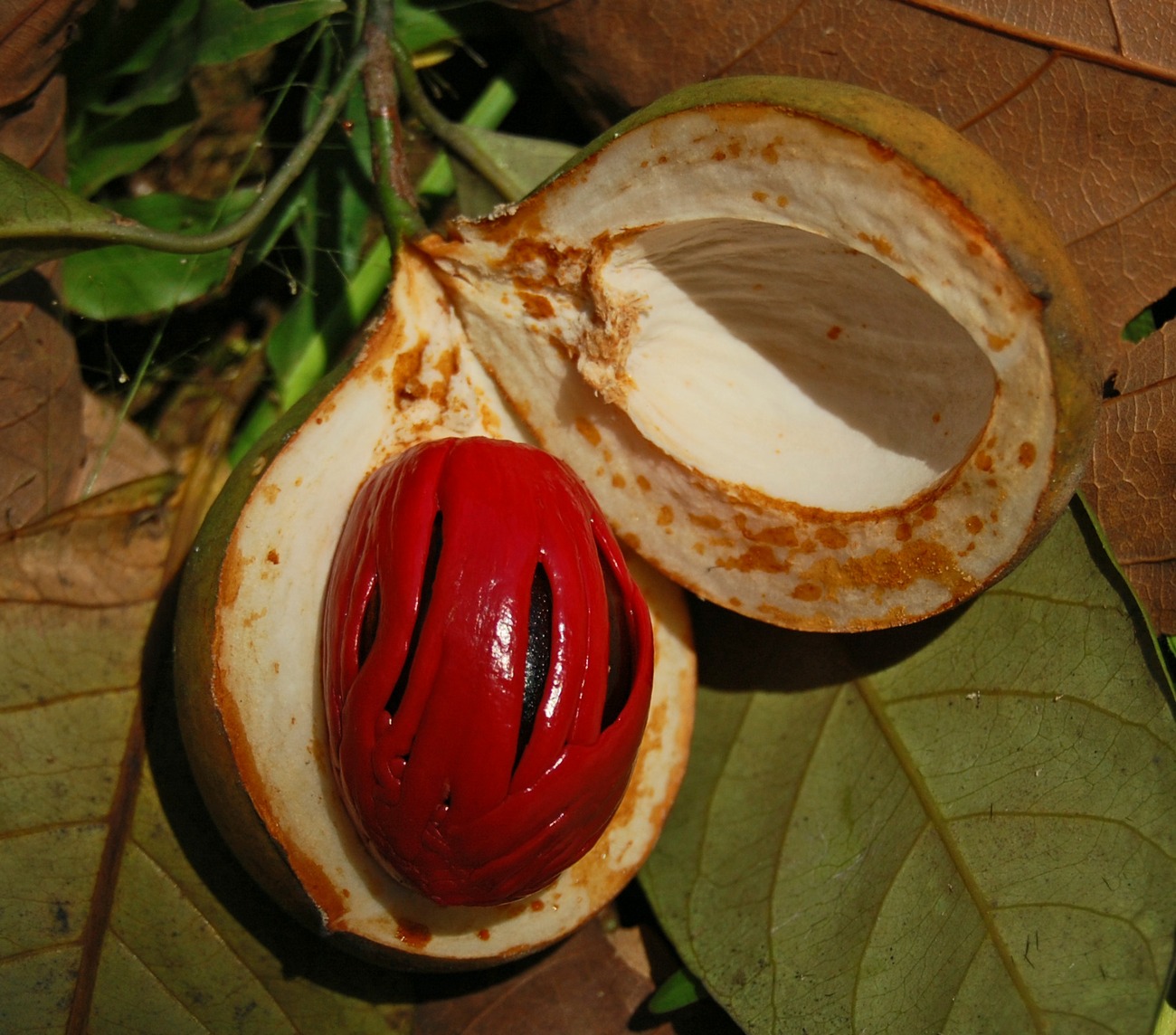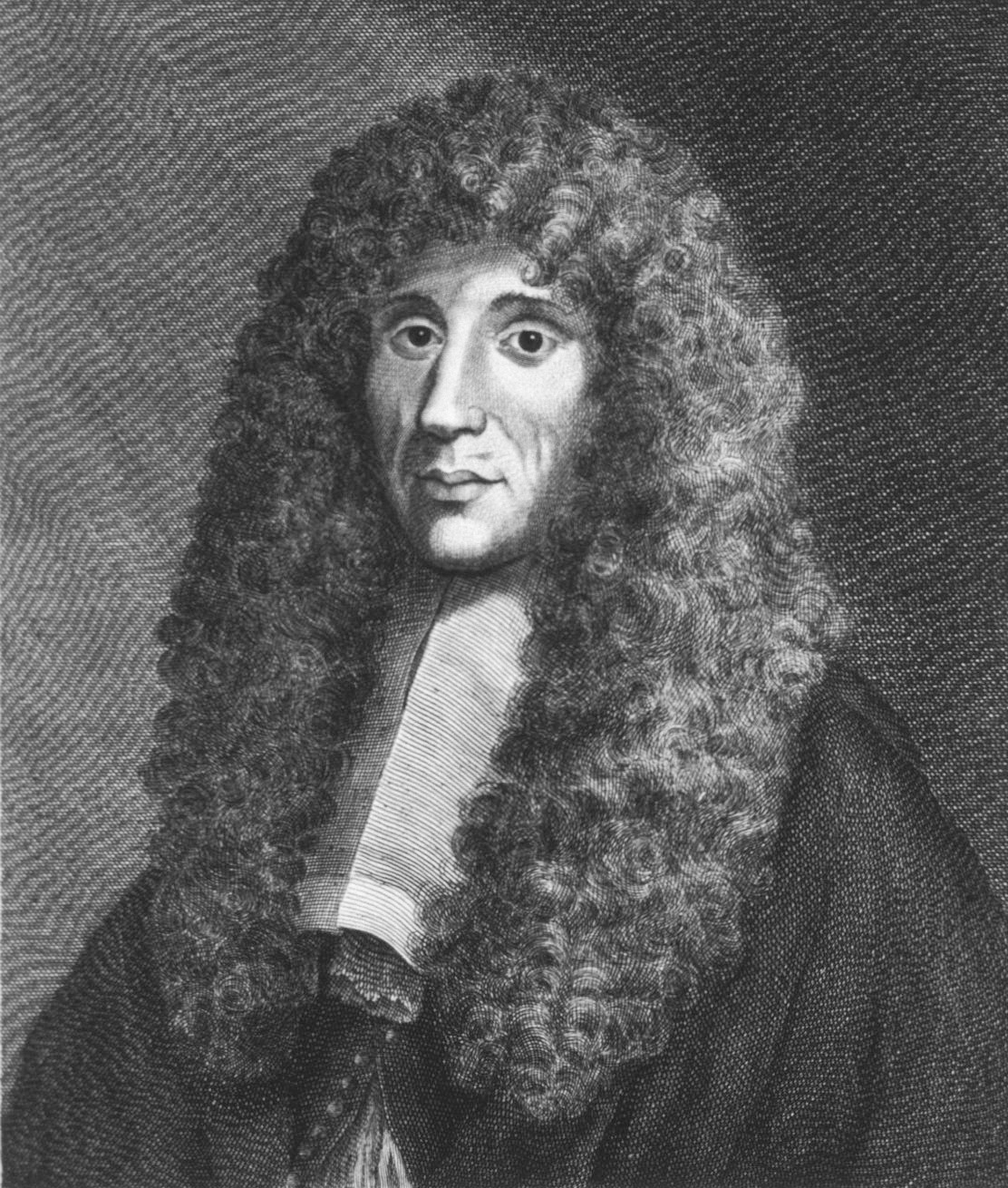|
1593 In Science
The year 1593 in science and technology involved some significant events. Botany * Founding of the Jardin des plantes de Montpellier by Pierre Richer de Belleval. * Founding of the Botanischer Garten der Universität Heidelberg. * Carolus Clusius becomes Professor of Botany at Leiden University, taking charge of the Hortus Botanicus Leiden. Geography * John Norden begins publication of his ''Speculum Britanniae''. Mathematics * François Viète publishes Viète's formula, the first in European mathematics to represent an infinite process. Medicine * First printed Arabic language edition of Abū ʿAlī al-Ḥusayn ibn ʿAbd Allāh ibn Sīnā's '' The Canon of Medicine''. Births * Deaths * June 25 – Michele Mercati, Italian physician and botanist (born 1541) * Li Shizhen, Chinese pharmacologist (born 1518 __NOTOC__ Year 1518 ( MDXVIII) was a common year starting on Friday (link will display the full calendar) of the Julian calendar. Exceptions France In F ... [...More Info...] [...Related Items...] OR: [Wikipedia] [Google] [Baidu] |
Avicenna
Ibn Sina ( fa, ابن سینا; 980 – June 1037 CE), commonly known in the West as Avicenna (), was a Persian polymath who is regarded as one of the most significant physicians, astronomers, philosophers, and writers of the Islamic Golden Age, and the father of early modern medicine. Sajjad H. Rizvi has called Avicenna "arguably the most influential philosopher of the pre-modern era". He was a Muslim Peripatetic philosopher influenced by Greek Aristotelian philosophy. Of the 450 works he is believed to have written, around 240 have survived, including 150 on philosophy and 40 on medicine. His most famous works are '' The Book of Healing'', a philosophical and scientific encyclopedia, and '' The Canon of Medicine'', a medical encyclopedia which became a standard medical text at many medieval universities and remained in use as late as 1650. Besides philosophy and medicine, Avicenna's corpus includes writings on astronomy, alchemy, geography and geology, psyc ... [...More Info...] [...Related Items...] OR: [Wikipedia] [Google] [Baidu] |
1593 In Science
The year 1593 in science and technology involved some significant events. Botany * Founding of the Jardin des plantes de Montpellier by Pierre Richer de Belleval. * Founding of the Botanischer Garten der Universität Heidelberg. * Carolus Clusius becomes Professor of Botany at Leiden University, taking charge of the Hortus Botanicus Leiden. Geography * John Norden begins publication of his ''Speculum Britanniae''. Mathematics * François Viète publishes Viète's formula, the first in European mathematics to represent an infinite process. Medicine * First printed Arabic language edition of Abū ʿAlī al-Ḥusayn ibn ʿAbd Allāh ibn Sīnā's '' The Canon of Medicine''. Births * Deaths * June 25 – Michele Mercati, Italian physician and botanist (born 1541) * Li Shizhen, Chinese pharmacologist (born 1518 __NOTOC__ Year 1518 ( MDXVIII) was a common year starting on Friday (link will display the full calendar) of the Julian calendar. Exceptions France In F ... [...More Info...] [...Related Items...] OR: [Wikipedia] [Google] [Baidu] |
1518 In Science
The year 1518 in science and technology included many events, some of which are listed here. Astronomy * May 26 – A Transit of Venus occurs. Exploration * May 1 – Juan de Grijalva arrives at the Tabasco region of Mexico. * Martín Fernández de Enciso publishes his '' Suma de Geographia'' in Castile, a summary of world geography incorporating the latest discoveries in the New World. Mathematics * Henricus Grammateus publishes ''Ayn neu Kunstlich Buech'' in Vienna, containing the earliest printed use of plus and minus signs for arithmetic. He also publishes ' and a new musical temperament. * Adam Ries publishes ', describing the use of a calculating board, a kind of two-dimensional abacus, for practical arithmetic. Medicine * July – dancing plague, a case of dancing mania, breaks out in Strasbourg. * September 23 – College of Physicians founded in London. * Jacopo Berengario da Carpi publishes ''Tractatus de Fractura Calve sive Cranii'' in Bologna, the first m ... [...More Info...] [...Related Items...] OR: [Wikipedia] [Google] [Baidu] |
Pharmacologist
Pharmacology is a branch of medicine, biology and pharmaceutical sciences concerned with drug or medication action, where a drug may be defined as any artificial, natural, or endogenous (from within the body) molecule which exerts a biochemical or physiological effect on the cell, tissue, organ, or organism (sometimes the word ''pharmacon'' is used as a term to encompass these endogenous and exogenous bioactive species). More specifically, it is the study of the interactions that occur between a living organism and chemicals that affect normal or abnormal biochemical function. If substances have medicinal properties, they are considered pharmaceuticals. The field encompasses drug composition and properties,functions,sources,synthesis and drug design, molecular and cellular mechanisms, organ/systems mechanisms, signal transduction/cellular communication, molecular diagnostics, interactions, chemical biology, therapy, and medical applications and antipathogenic capabilities. ... [...More Info...] [...Related Items...] OR: [Wikipedia] [Google] [Baidu] |
Chinese People
The Chinese people or simply Chinese, are people or ethnic groups identified with China, usually through ethnicity, nationality, citizenship, or other affiliation. Chinese people are known as Zhongguoren () or as Huaren () by speakers of standard Chinese, including those living in Greater China as well as overseas Chinese. Although both terms both refer to Chinese people, their usage depends on the person and context. The former term is commonly used to refer to the citizens of the People's Republic of China - especially mainland China. The term Huaren is used to refer to ethnic Chinese, and is more often used for those who reside overseas or are non-citizens of China. The Han Chinese are the largest ethnic group in China, comprising approximately 92% of its Mainland population.CIA Factbook "Han Chinese 91.6%" out of a ... [...More Info...] [...Related Items...] OR: [Wikipedia] [Google] [Baidu] |
Li Shizhen
Li Shizhen (July 3, 1518 – 1593), courtesy name Dongbi, was a Chinese acupuncturist, herbalist, naturalist, pharmacologist, physician, and writer of the Ming dynasty. He is the author of a 27-year work, found in the ''Compendium of Materia Medica'' (''Bencao Gangmu''; ). He developed several methods for classifying herb components and medications for treating diseases. CNTV Documentary on the life and achievements of Li Shizhen, with focus on his work ''Compendium of Materia Medica''. Title is (English translation is "Medical and Pharmacological Sage Lishizhen"). Part of the serie(English name is "Around China"). English subtitles are available. The ''Compendium'' is a materia medica text with 1,892 entries, with details about more than 1,800 traditional Chinese medicines, including 1,100 illustrations and 11,000 prescriptions. It also described the type, form, flavor, nature and application in disease treatments of 1,094 herbs. The book has been translated int ... [...More Info...] [...Related Items...] OR: [Wikipedia] [Google] [Baidu] |
1541 In Science
The year 1541 in science and technology included a number of events, some of which are listed here. Cartography * Gerardus Mercator makes his first terrestrial globe, for Charles V, Holy Roman Emperor. * Georg Joachim Rheticus publishes ''Tabula chorographica auff Preussen und etliche umbliegende lender'' in Wittenberg. Exploration * May 8 – Spanish explorer Hernando de Soto reaches the Mississippi River, naming it ''Rio de Espiritu Santo''. * May 23 – French explorer Jacques Cartier departs from Saint-Malo on his third voyage. Medicine * Jacques Dubois publishes ''In Hippocratis et Galeni Physiologiae partem anatomicam isagoge'' in Paris and Vesalius publishes ''Anatomicarum institutionum ex Galeni sententia, libri III .. His accesserunt Theophili Protospatarii, De corporis humani fabrica, libri V. Item Hippocratis Coi De medicates purgatories, libellus nunquam ante nostra tempora inlucem editus'' in Lyon. Births * April 8 – Michele Mercati, Italian physician and b ... [...More Info...] [...Related Items...] OR: [Wikipedia] [Google] [Baidu] |
Botanist
Botany, also called plant science (or plant sciences), plant biology or phytology, is the science of plant life and a branch of biology. A botanist, plant scientist or phytologist is a scientist who specialises in this field. The term "botany" comes from the Ancient Greek word (') meaning " pasture", "herbs" " grass", or "fodder"; is in turn derived from (), "to feed" or "to graze". Traditionally, botany has also included the study of fungi and algae by mycologists and phycologists respectively, with the study of these three groups of organisms remaining within the sphere of interest of the International Botanical Congress. Nowadays, botanists (in the strict sense) study approximately 410,000 species of land plants of which some 391,000 species are vascular plants (including approximately 369,000 species of flowering plants), and approximately 20,000 are bryophytes. Botany originated in prehistory as herbalism with the efforts of early humans to identify – ... [...More Info...] [...Related Items...] OR: [Wikipedia] [Google] [Baidu] |
Physician
A physician (American English), medical practitioner (Commonwealth English), medical doctor, or simply doctor, is a health professional who practices medicine, which is concerned with promoting, maintaining or restoring health through the study, diagnosis, prognosis and treatment of disease, injury, and other physical and mental impairments. Physicians may focus their practice on certain disease categories, types of patients, and methods of treatment—known as specialities—or they may assume responsibility for the provision of continuing and comprehensive medical care to individuals, families, and communities—known as general practice. Medical practice properly requires both a detailed knowledge of the academic disciplines, such as anatomy and physiology, underlying diseases and their treatment—the '' science'' of medicine—and also a decent competence in its applied practice—the art or '' craft'' of medicine. Both the role of the physician and the meani ... [...More Info...] [...Related Items...] OR: [Wikipedia] [Google] [Baidu] |
Italian People
, flag = , flag_caption = The national flag of Italy , population = , regions = Italy 55,551,000 , region1 = Brazil , pop1 = 25–33 million , ref1 = , region2 = Argentina , pop2 = 20–25 million , ref2 = , region3 = United States , pop3 = 17-20 million , ref3 = , region4 = France , pop4 = 1-5 million , ref4 = , region5 = Venezuela , pop5 = 1-5 million , ref5 = , region6 = Paraguay , pop6 = 2.5 million , region7 = Colombia , pop7 = 2 million , ref7 = , region8 = Canada , pop8 = 1.5 million , ref8 = , region9 = Australia , pop9 = 1.0 million , ref9 = , region10 = Uruguay , pop10 = 1.0 million , ... [...More Info...] [...Related Items...] OR: [Wikipedia] [Google] [Baidu] |
Michele Mercati
Michele Mercati (8 April 1541 – 25 June 1593) was a physician who was superintendent of the Vatican Botanical Garden under Popes Pius V, Gregory XIII, Sixtus V, and Clement VIII. He was one of the first scholars to recognise prehistoric stone tools as human-made rather than natural or mythologically created thunderstones. Biography Mercati was born in San Miniato, Tuscany, the son of Pietro Mercati, physician to Popes Pius V and Gregory XIII. He was educated at the University of Pisa, where he took degrees in medicine and philosophy. He was interested in natural history, mineralogy, palaeontology, medicine, and botany, and produced a book on these subjects entitled the '' Metallotheca'', which was not published until 1717. Mercati collected curious objects - fossils, minerals and so on - as well as 'ceraunia' or 'thunderstones'. Mercati was particularly interested in Ceraunia cuneata, "wedge-shaped thunderstones," which seemed to him to be most like axes and arrowheads, w ... [...More Info...] [...Related Items...] OR: [Wikipedia] [Google] [Baidu] |


